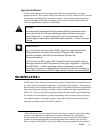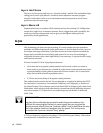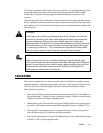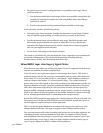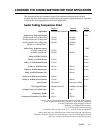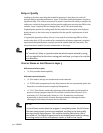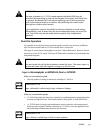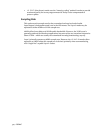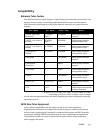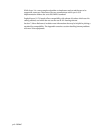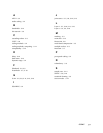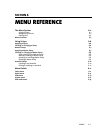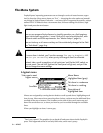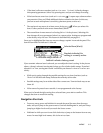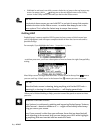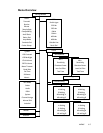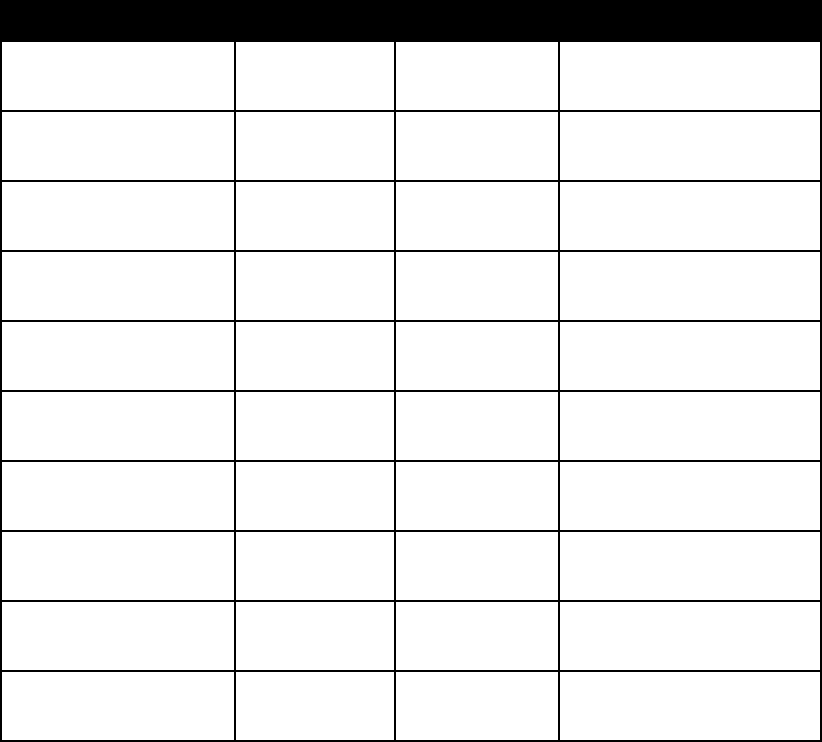
CODING 5-15
Compatibility
Between Telos Codecs
The table below shows which Zephyr or ZephyrExpress transmit and receive modes may
operate with each other, the resulting audio bandwidth for each, and information
which describes what happens to the audio channels when they are output from the
decoder.
Xmt Mode Rcv Mode Audio Resp. Notes:
L3 DUAL (one Line)
(Channel A)
L3 MONO
(Line 1)
15/20kHz* Audio appears on both
outputs.
L3 DUAL (two Lines to
two sites)
L3 MONO
(Line 1)
15/20kHz* Audio appears on both
outputs at both sites.
L3 DUAL (two Lines to
one site)
L3 STEREO 15/20kHz* Audio output channels
correspond to input.
L3 JSTEREO or
STEREO
L3 STEREO 15/20kHz* Audio output channels
correspond to input.
L2 MONO64 L2 7.8/9.8kHz** Audio appears on both
outputs.
L2 MONO128
(Channel A)
L2 20kHz Audio appears on both
outputs.
L2 JSTEREO L2 20kHz Audio output channels
correspond to input.
L2 DUAL L2 7.8/9.8kHz** Audio output channels
correspond to input.
L2 HALF/24 L2 HALF/24 8.6kHz Audio appears on both
outputs.
G.722 G.722 7kHz Audio output corresponds
to Line connection.
* Depending upon sampling rate: 15kHz at 32 kHz; 20kHz at 48 kHz.
** Depending upon bitrate: 8kHz at 56kbps; 11kHz at 64kbps.
As well, both transmission bitrate and audio sampling rate must correspond in order for
operation to occur.
With Non-Telos Equipment
Layer 2 offers compatibility with the widest variety of non-Telos equipment.
ZephyrExpress bitstream is in standard ISO format and may be used to communicate
with any codec supporting this standard. In modes which require two ISDN channels,
the channel-splitting (IMUX) method becomes an issue. ZephyrExpress supports the
CDQ splitting scheme, so it may be used with the codecs from a variety of vendors
which support this mode.



